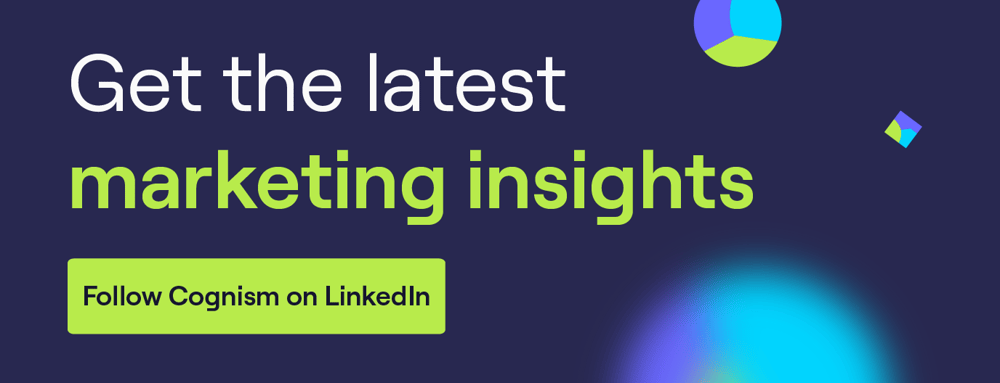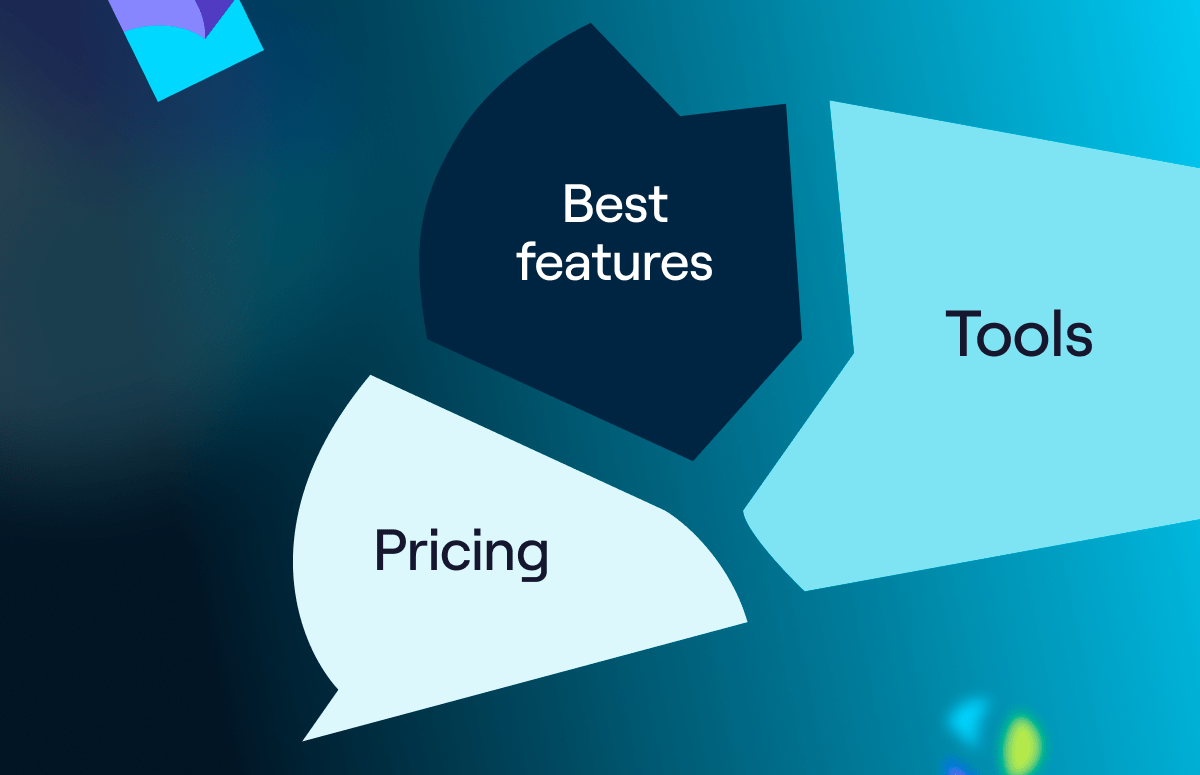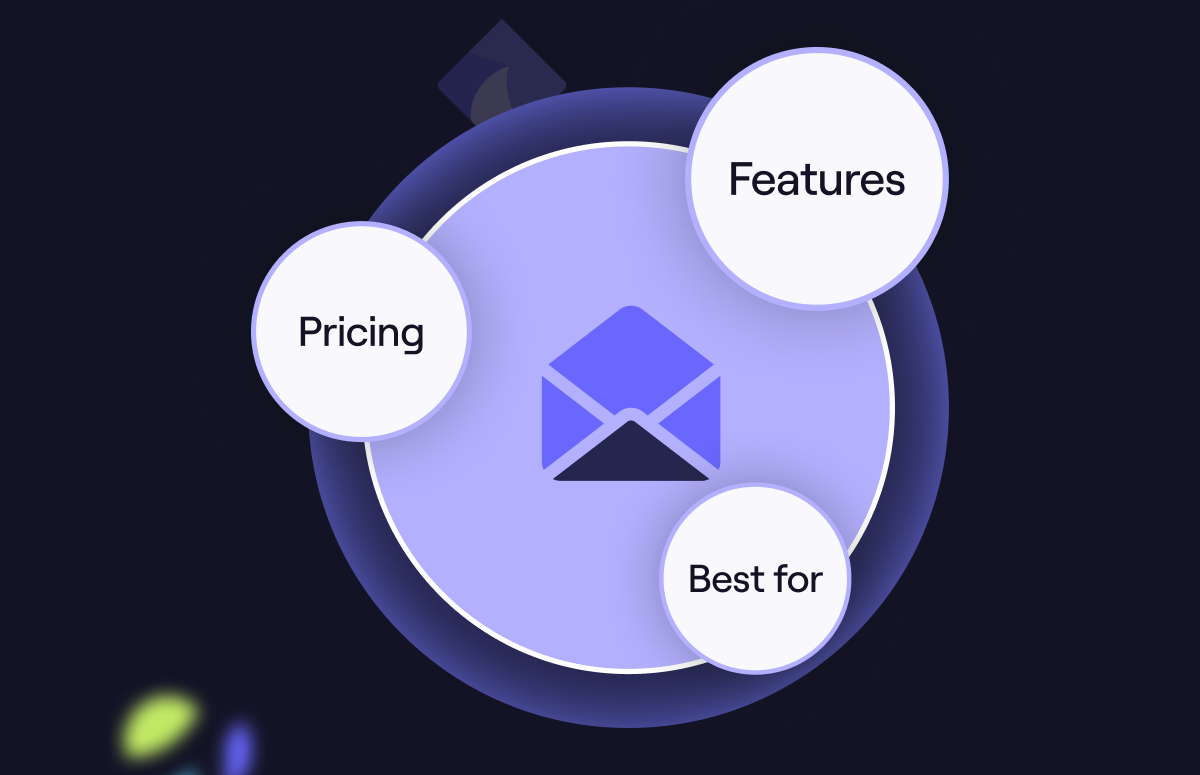Customer Adoption: The Process, Benefits and Key Metrics
You might be wondering: what is customer adoption?
Let us explain: it’s the process of bringing in new customers when taking a new product to market. That same process applies for taking an existing product to a new market or introducing a new product to existing customers.
In this article, we will:
- Explore how you can strategise for each stage of the customer adoption process.
- Outline how your company can increase your customer adoption rate.
Let’s get into the specifics 👇
What is the customer adoption process?
To kick things off, it’s crucial to distinguish between ‘customer adoption’ and ‘consumer adoption’. The terms are similar but not the same.
Customer adoption is the process of bringing in customers - the people who will buy your product. While consumer adoption is the process of gaining new consumers - the end users of your product.
For many B2B companies, customers and consumers will be different people.
If you’re selling to a company that is your product’s final user, it’s both a customer and a consumer. But, if you’re selling to a company that needs to use your product as part of its own product, they’re not the consumer.
Think of it like a burger vendor who buys sliced buns. The buns will be part of their own product, meaning they aren’t the consumer. The person who buys the burger is!
Why is it important to make this distinction?
It’s important because you might need to consider both processes separately. Customer adoption mostly concerns sales and marketing, whereas consumer adoption primarily concerns product.
The benefits of customer adoption
When it comes to business growth, customer adoption is more than a buzzword - it’s a game-changer. These are the key benefits:
- Enhanced brand loyalty: Happy customers become loyal advocates. Their positive experiences drive them to stay with your brand and recommend it to others.
- Increased revenue streams: Higher adoption rates lead to more usage, upsells, and greater revenue.
- Valuable feedback loop: Engaged users provide insights that help businesses refine products or services.
- Competitive advantage: By understanding your customer’s needs, you can beat competitors by offering tailored solutions.
- Reduced churn: Satisfied customers stick around, lowering the churn rate and reducing customer acquisition cost (CAC).
Breaking down the customer adoption process
So, what is the customer adoption process?
HubSpot splits it into five separate stages:
- Product awareness.
- Product interest.
- Product evaluation.
- Product testing.
- Product adoption.
It’s clear to see how a customer goes through each of these phases during their buying journey; we’re sure you’re already thinking of actions that fit into each stage.
Still following? Great, let’s delve into each stage of the customer adoption process! 👇
1. Product awareness
This is the moment when potential buyers first hear about your product.
The truth is, there aren’t great hacks for product awareness. More or less, you get out what you put in.
What you can do is implement multiple strategies at the same time. This will increase your chances of hitting a sweet spot and meeting a buyer in their preferred channel.
This stage of the process sits with marketing and sales.
What are the strategies?
Whether you’re designing a go to market strategy for a new market or generating demand for a new product in an existing market, the tactics are largely the same:
Ungating your content
Gating your content isn’t the most effective way to generate leads. By ungating your best content, you’ll increase the number of people who consume it. Which, in turn, will increase the awareness of your product.
Press ▶️ for tips on how to ungate your content from Cognism’s CMO, Alice de Courcy.
Running paid ads
Increase awareness by placing ads in front of people within your TAM. You can supercharge this by using a prospecting tool that offers intent data.
A powerful example of this is Cognism’s Bombora-powered intent data.
Hosting and attending online and in-person events
Okay, we’ll admit it. Events are less likely to help you gain as much awareness of your product as other strategies on this list. But they do have an upside.
You can build awareness at events and move on to the later stages of the customer adoption process. This is because you can have conversations with prospects and even give product demos.
By making these connections, you might be able to take them all the way to the penultimate stage, product testing.
Making use of your partnerships
If you have a partnership program, establish an incentive for your partners to promote your product. Be sure to make use of their branding strengths.
For example, ask for a mention if your partner has a successful sales podcast. If they have a large newsletter audience, ask for an ad space.
You’ll be able to access an audience that might not already be familiar with your company, increasing the reach of your product.
Doubling down on customer marketing
Use the same playbook you used for partnerships.
Incentivise your current customers to try out and review your new product. That way, you can build a reserve of valuable customer insights for your marketing campaigns.
Outbound
After a product launch or international expansion, sales are responsible for increasing awareness.
Thanks to intent data powered by Bombora, salespeople can use Cognism data to call prospects already in the market for a solution. And with accurate, human-verified mobile numbers, they can rest assured their tech has the highest phone accuracy on the market.
Newsletter
If you already have an existing customer base who would benefit from a new product, you need to make sure they know about it.
One good example of a customer adoption process is sending your customer base a product newsletter or email.
Customer success
If you sell a service that comes with customer success or sustomer support, ask the team to demo the new product to your existing customers.
Also, consider using help desk software for seamless customer success.
2. Product interest
This stage sits with marketing. Potential buyers are now aware of your product, and they’re interested. This interest allows marketers to implement additional marketing adoption strategies.
What are the strategies?
At this stage of the adoption process, you want to provide more information to the potential buyer. And, if possible, get them to sign up for further communications from you, increasing your chances of selling.
Email marketing
If you can get a potential buyer to sign up to an email list, it will serve you well. Use it as a channel to send more information about your new product. Include case studies and reviews.
But be sure to avoid spam emailing. You won’t only lose subscribers; you’ll lose the trust of potential buyers long term. Email marketing should always add value as a priority.
Product content
If pain point and TOFU (top of the funnel) content help with awareness, product content helps with product adoption.
Here’s the rule:
You need to create content that answers every question a potential buyer has. If a prospect goes into a demo with a question they couldn’t find an answer to online, that’s a content failure.
To achieve this, you should listen to demos; they’ll help you put yourself in your prospect’s shoes. Be sure to create content for every value proposition. Make the information readily available, ideally in more than one medium. Product videos are particularly useful for distribution.
Social media
If you aim to speed up customer adoption, get active on social media.
And don’t just do the bare minimum. Writing boring posts talking about your product doesn’t give value to anyone.
If you have the resources, dedicate someone to write varied content that speaks to and engages with your audience.
Provide value over everything else. Don’t worry too much about showing off your product.
Followers who are already familiar with your product will be reminded of it every time they see a post.
The benefit is that you can establish your company as a thought leader in that space. This will improve your followers’ perception of you (and your product).
Newsletters and podcasts
You might be sensing a bit of a theme here…sign-ups are good!
At Cognism, we have a range of newsletters and podcasts catering to different segments of our audience. The main goal of these is to provide value to our subscribers.
We want to share cutting-edge information about sales, marketing and content. All without pushing any product stuff.
So what’s in it for us?
Growth of our B2B audience and establishment as thought leaders in our market. Both of these outcomes will provide product sales in the long term. Not every marketing activity has to be attributable and lead to direct sales.
Listen below to Cognism’s expert marketing team talk all things content and social media 👇
Customer success
We’ve already outlined how customer success and customer support can aid product awareness, but their job doesn’t end there.
CS can continue to demonstrate the new product’s value by reminding customers of it and sharing relevant use cases.
3. Product evaluation
In this stage of the customer adoption process, interested prospects are considering your product. They’re trying to understand exactly how to use it, and the impact it could have on their company or offering. They’ll also be judging if it’s a cost-effective investment.
This customer adoption phase sits with marketing and sales.
What are the strategies?
This is the time to communicate with the prospect. You need to provide them with information to help them make an informed decision.
Sales
It’s the responsibility of sales to guide the prospect through the evaluation stage by providing support and useful resources.
At the risk of repeating ourselves, the key is to be helpful, not forceful. Check in with the prospect to find out what might be holding them back. Then, give them the information they want.
That said, avoid overloading the prospect with resources or filling their inbox with spam.
Arrange next steps after every touch point. You want to guide the prospect through their buying journey.
Create BOFU content
Bottom of the funnel (BOFU) content is your best friend in the product evaluation stage. This is content specifically written for people who are aware of your product and are exploring their options.
The most important considerations when creating BOFU content are planning, transparency and respect.
Plan your BOFU content by getting to know the buyer. What’s stopping them from buying your product today? Listen to customer calls and speak to your sales team. Create the content your audience needs.
Be transparent and respectful by acknowledging that your potential buyers will do their research. Don’t shy away from mentioning competitors; your audience will find them anyway. And don’t write pieces slandering your competition; your audience will see right through it.
Understand your strengths and write about them. They’re probably not a great fit if that’s not enough to win a prospect over.
You’re not looking for high traffic on these pages. You’re looking to find high-intent traffic with demo CTAs (or equivalent) that convert.
Want to see an example? Here’s a link to one of our high-conversion BOFU pages - Cognism vs ZoomInfo.
Website journey
When designing your website, make sure all of the information a prospect needs in the evaluation stage is present.
After browsing your product pages on your site, a prospect should be able to imagine what it would look like to adopt this product. If that’s not the case, you probably need to refresh your content.
4. Product testing
In the fourth stage of customer adoption, the prospect is excited by your product (in theory). Now, they need to see it in action.
That’s why this phase sits with sales.
What are the strategies?
It depends on the product you’re selling. Offering a trial isn’t always viable, but there are other ways to test whether a product can work for the prospect.
Trial
If possible, offering the buyer a trial is a great way to show how your product would improve the marketing adoption of a customer.
But ensure you give them the support they need to get the most out of the product. This could mean giving them a demo first or having regular contact throughout the trial period.
Demo
If a trial isn’t possible, a demo is a great alternative. The benefit of a demo is that the demo host can dictate the route, showing the potential customer all of the relevant features and benefits.
Personalised resources
Preparing personalised resources such as an ROI estimate, or a plan for the usage of your product, can help get a deal over the line. Preparing realistic expectations for the customer’s specific use case can help them visualise success with your product.
When providing these resources, familiarise yourself with them first. There are bound to be follow-up questions.
5. Product adoption
This is the final stage of customer adoption!
The customer bought your product, but you still have work to do. This phase of customer adoption sits with customer success and customer service.
What are the strategies?
The product adoption stage is about providing the customer with an excellent onboarding process. If you ensure they’re as happy as possible with their purchase, the long-term effects of this can be huge.
Onboarding
It’s vital that your customer understands and is satisfied with your product. For some use cases, this is as simple as providing a user manual and sending them a follow-up email a fortnight later.
For other use cases, it needs to be more substantial, such as offering bespoke onboarding with in-person training or access to an online training hub.
Allow the customer a chance to ask questions now as well as further down the line.
Cross-selling and upselling
If you’re a multi-product company, you need a system in place to maximise cross-selling and upselling.
Encourage customer success or customer service to show off new products to your existing customers. If possible, offer incentives to existing customers who want to try new products.
These are your most important customers through marketing adoption because they already believe in your products.
Reviews
Happy customers are the best advocates for your product. Encourage and incentivise customers to leave reviews on reputable listing sites like G2.
Customer referrals and partnerships
Here’s the main benefit of customer referrals and partnerships:
You’ll access a new pool of potential customers who might not know you.
And chances are, they’ll be much more receptive to a referral from someone they know as opposed to a faceless company.
A referral or partnership scheme will incentivise customers to buy from you.
If they know there are potential savings through referrals, it could make your product more affordable and attractive to them.
Key customer adoption metrics
Want to measure if your product’s hitting the mark with customers? Here’s a guide to the essential customer adoption metrics:
Active users (Daily/Monthly)
Definition: The number of unique users who engage with your product within a specified period.
Why track this metric: It provides a measure of how often users are interacting with your product.
How to calculate it: Count the number of users that perform a specific action (like login) in a day or month.
Adoption rate
Definition: The percentage of customers who have started using a new product or feature.
Why track this metric: It assesses the early user response to a new product or feature.
How to calculate it: (Number of new users / Total users) x 100.
Time to first value (TTFV)
Definition: The time it takes for a user to get value from your product.
Why track this metric: It assesses how quickly customers see benefits from the product.
How to calculate it: Measure the time between user sign-up and their first key action, such as inviting a team member.
Feature adoption rate
Definition: The percentage of active users who adopt a particular feature.
Why track this metric: To gauge how useful and relevant specific features are to your users.
How to calculate it: (Number of users who adopted the feature / Total active users) x 100.
Net promoter score (NPS)
Definition: An index measuring users’ willingness to recommend a company’s products or services.
Why track this metric: It gauges overall customer satisfaction and brand loyalty.
How to calculate it: % of promoters (score 9-10) - % of detractors (score 0-6).

.jpg)

